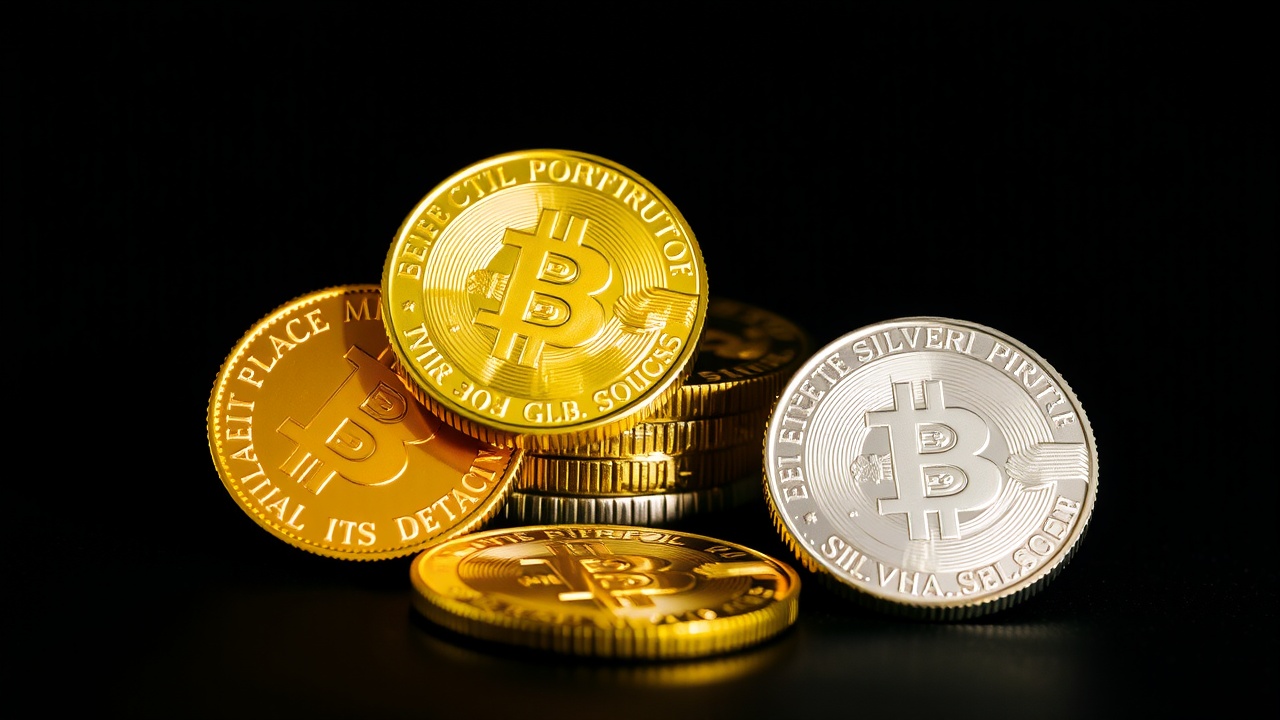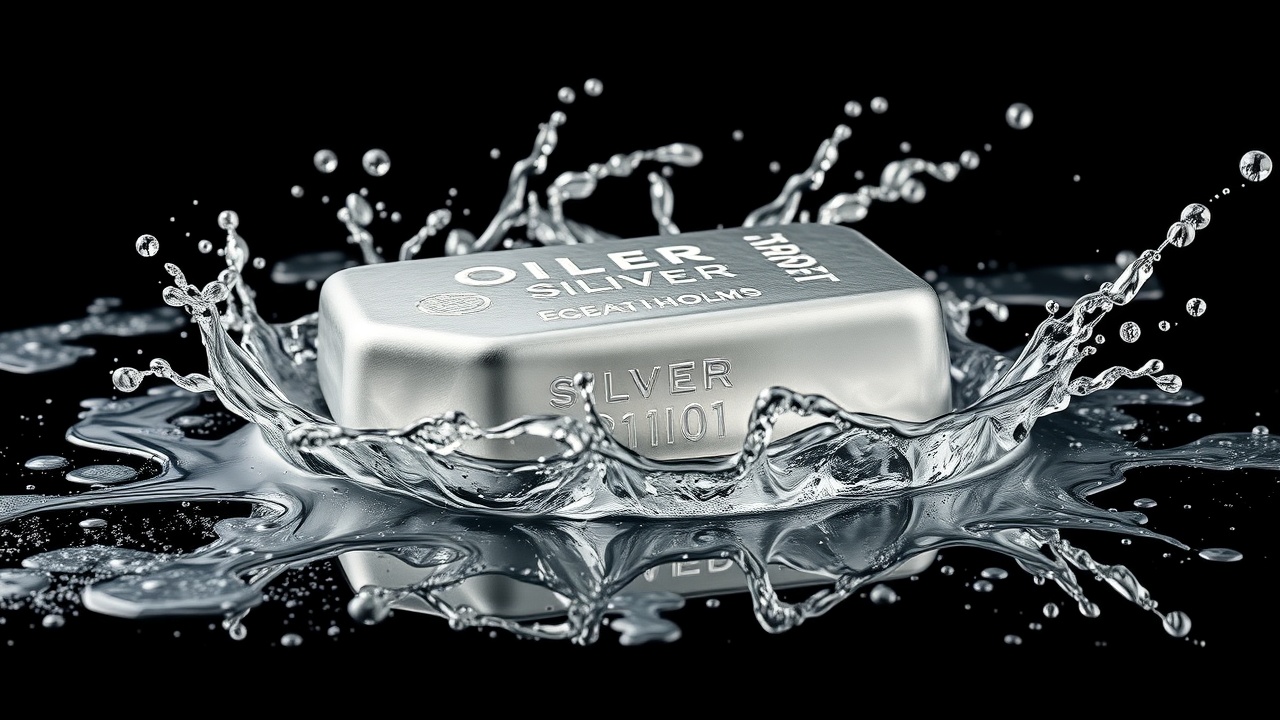
The ratio of gold to silver calculates the relative values of the two metals
However, why does the measure benefit investors?
For many years, the gold-to-silver ratio has been regarded as a crucial indicator for determining when it is most advantageous to invest in precious metals.
Those who keep an eye on gold will know that the yellow metal is typically regarded as a reliable investment. As a hedge against inflation, investors flocked to gold, which saw a dazzling start to 2025.
Due to the commodity's wide range of applications in fields like cancer treatment and nanotechnology, central banks are also purchasing it.
Although silver is typically a more volatile investment, it gained 21.5 percent last year and has risen about 12 percent so far in 2025, making some investors question whether this is the right time to buy silver.
Knowing how much silver is worth in relation to gold is helpful whether you are new to investing in precious metals or want to diversify your holdings.
It can impact investor sentiment, provide a hedge against inflation, aid in the understanding of economic trends, and have an impact on your investment strategy.
What is the ratio of gold to silver?
By comparing the prices of gold and silver, the gold-silver ratio is calculated. It is essentially a calculation that divides the current market price of one ounce of gold by the price of one ounce of silver to determine how many ounces of silver are required to purchase one ounce of gold.
Inflation, deflation, market crashes, and general economic trends are all factors that influence investment decisions, and the gold-silver ratio is the oldest tracked exchange rate that is still in use.
As of the time of writing, UK bullion dealer Chards reported that the gold-to-silver ratio was 92:1, with gold trading at 2,342.66 per ounce and silver at 25.53 per ounce. Consequently, gold is now 92 times more costly than silver.
The more expensive gold is in comparison to silver, the higher the ratio. Although there isn't a set standard for the ratio, investors can use the current gold-silver ratio in comparison to its historical average to determine when to purchase or exchange their holdings of either metal. Based on average performance, you can determine whether one metal appears too costly or too inexpensive by dividing the current ratio by the average.
Historical ratio of gold to silver.
Observe every market using TradingView.
The gold-to-silver ratio's history.
Since ancient Roman times, the gold-to-silver ratio has been measured, which may surprise many people. Gold and silver have long been considered precious metals. As a result of shifting market dynamics, geopolitical events, and economic conditions over the centuries, the gold-silver ratio has changed dramatically.
In order to regulate currency and coinage, governments and empires long ago set the ratio between the two metals. Ancient Egypt documented a ratio as low as 2.5:1 in the earliest known record, which was made circa 3200 BCE. Among the first to establish the ratio, the Roman civilization began at about 8:1 and increased it to 12:1 over the years.
Since then, gold's value has only increased due to its scarcity value, which was amplified by the difficulty of mining and producing the two metals.
The majority of nations had abandoned silver as their primary currency by the 18th century and had instead adopted gold. In addition to establishing the dollar as the US standard currency unit, the Coinage Act of 1792 established the gold-to-silver ratio at 15:1. In the end, this led to gold's superior value over silver, which increased the price of the yellow metal and led to the hoarding and/or exportation of gold coins. In 1834, the ratio was changed to 16:1.
The ratio had started to rise dramatically by the 20th century, reaching about 40 ounces of silver for every ounce of gold. With the start of World War II, it even reached a peak of almost 100:1.
Estimates indicate that there is about 15 times as much silver in the Earth's crust as gold, which would be the ratio if it were still determined by the metals' natural supply.
However, the difference between gold and silver is constantly growing, and gold has long been viewed as a store of value and a hedge against inflation.
In response to the start of the Covid pandemic, the gold-to-silver ratio hit a record 125:1 in April 2020. From those highs, the ratio has since fallen and is currently approximately 92 ounces of silver for every ounce of gold.














Leave a comment on: An explanation of the gold-silver ratio